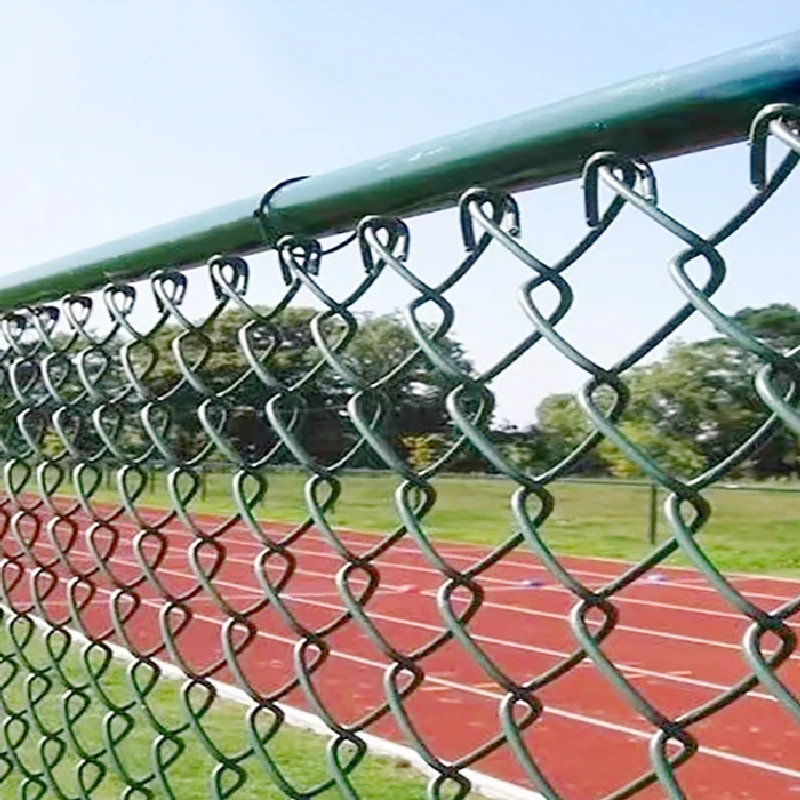Dec . 23, 2024 09:52 Back to list
Comparing Prices for Livestock Fencing Solutions in Today's Market
Understanding Livestock Fencing Prices Factors and Insights
When it comes to managing livestock, one of the most critical components of farm infrastructure is fencing. Livestock fencing not only serves to contain animals but also protects them from outside threats, prevents them from straying onto roads, and helps manage grazing patterns. However, the costs associated with livestock fencing can vary significantly based on several factors. In this article, we will explore the various aspects influencing livestock fencing prices and provide insights to help farmers make informed decisions.
Types of Fencing Materials
The type of fencing material used is one of the primary determinants of cost. Common materials include
1. Barbed Wire This is one of the most economical options for fencing. A barbed wire fence is relatively easy to install and can effectively contain a variety of livestock. Generally, costs for barbed wire can range from $0.10 to $0.50 per linear foot.
2. High-Tensile Wire A stronger alternative to barbed wire, high-tensile wire requires less maintenance and can provide better containment for more aggressive animals. Prices typically range from $0.25 to $0.75 per foot.
3. Wooden Fencing While aesthetically pleasing and sturdy, wooden fences can be expensive. Costs for treated wooden posts and boards can exceed $2.00 per foot, depending on the type of wood and local availability.
4. Polymer Fencing A more modern and sometimes more expensive option, polymer fencing is lightweight, easy to install, and resistant to weather elements. This type can range from $1.00 to $3.00 per foot, including posts.
5. Electric Fencing This method is gaining popularity due to its effectiveness in containing livestock. Initial installation costs can be moderate, but electricity and maintenance can add to ongoing expenses. Initial costs might be around $1.00 to $2.00 per foot.
Installation Costs
livestock fencing prices

In addition to the materials, installation labor can greatly affect the total fencing cost. If you opt for professional installation, labor costs can range from $1.00 to $3.00 per foot, depending on the complexity of the fence line and local labor rates. Many farmers choose to install fences themselves to save on costs, but this requires skill and time, particularly for large areas.
Size and Layout of the Fenced Area
The size and shape of the area being fenced are critical considerations. Larger areas will generally lead to higher costs, both in materials and labor. Additionally, if the terrain is uneven or heavily wooded, preparation work will be necessary, which can further increase expenses.
Local Regulations and Requirements
In some areas, local regulations may dictate the type of fencing required, especially for certain types of livestock. These mandates can impact costs, particularly if you need to use specific materials or designs to comply with local laws. It's crucial to consult local agricultural offices or extension services for guidance to avoid potential fines or issues.
Long-Term Considerations
While initial fencing costs are essential to consider, it’s also important to assess the long-term implications. Cheaper materials may incur higher maintenance costs or fall short in durability, necessitating replacement sooner than anticipated. Investing in quality materials may lead to reduced maintenance and replacement frequency over time.
Conclusion
In summary, the prices of livestock fencing are influenced by various factors, including the type of materials, installation costs, size and layout of the fenced area, and local regulations. Farmers are encouraged to evaluate their specific needs, consider the long-term implications of their choices, and seek quotes from multiple sources to ensure they make informed decisions. By understanding the components that contribute to fencing costs, livestock owners can better manage their budgets while ensuring the safety and well-being of their livestock. Proper fencing is not just an expense; it is an investment in the future of farm management.
-
Reinforcing Mesh: Core Material of the Construction Industry
NewsJul.07,2025
-
Welded Wire Fabric Reinvented for Modern Projects
NewsJul.04,2025
-
Superiority of Stainless Steel Woven Mesh
NewsJul.04,2025
-
Key Types of Razor Wire and Their Applications
NewsJul.04,2025
-
Durable Metal Fence Types for Security
NewsJul.04,2025
-
Best Materials for Livestock Fence
NewsJul.04,2025
products.







